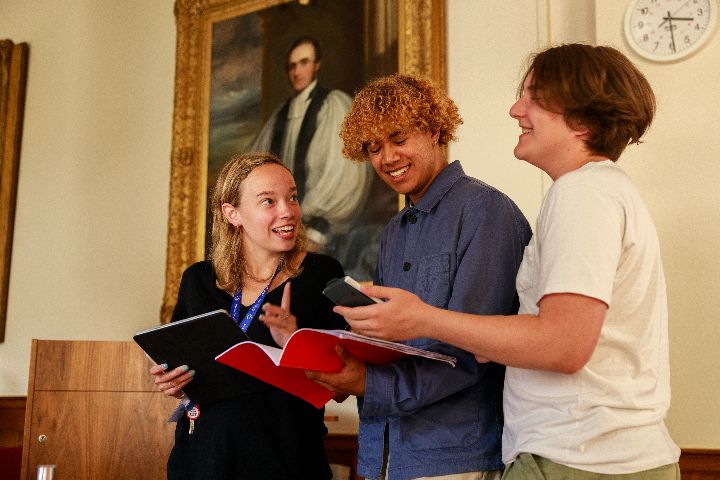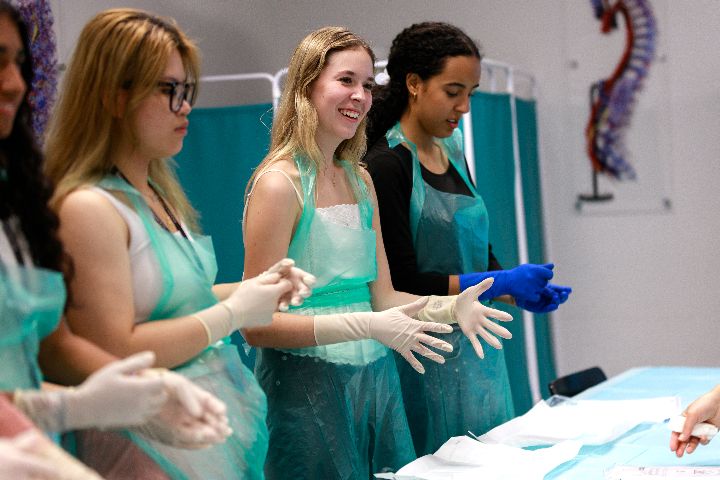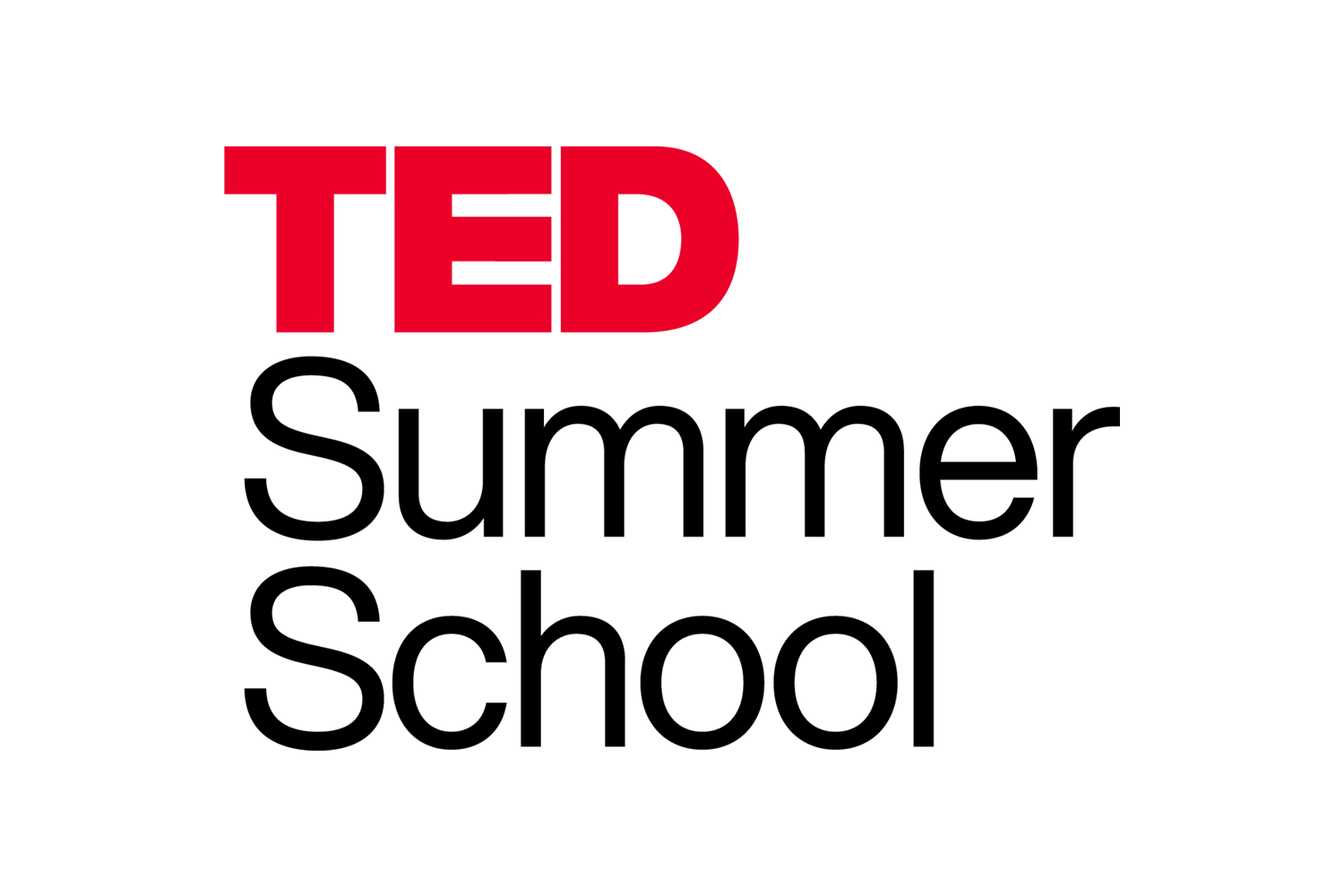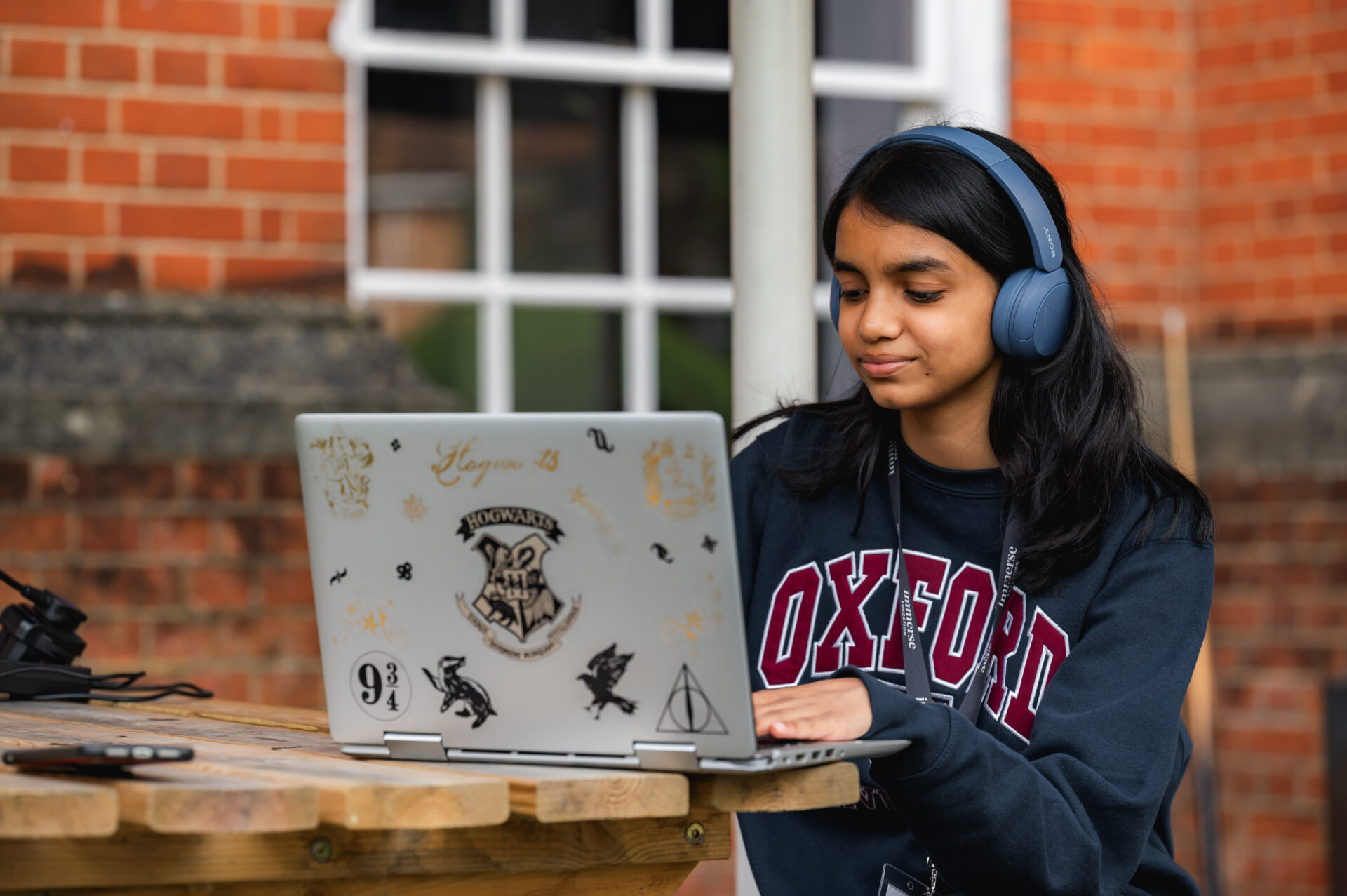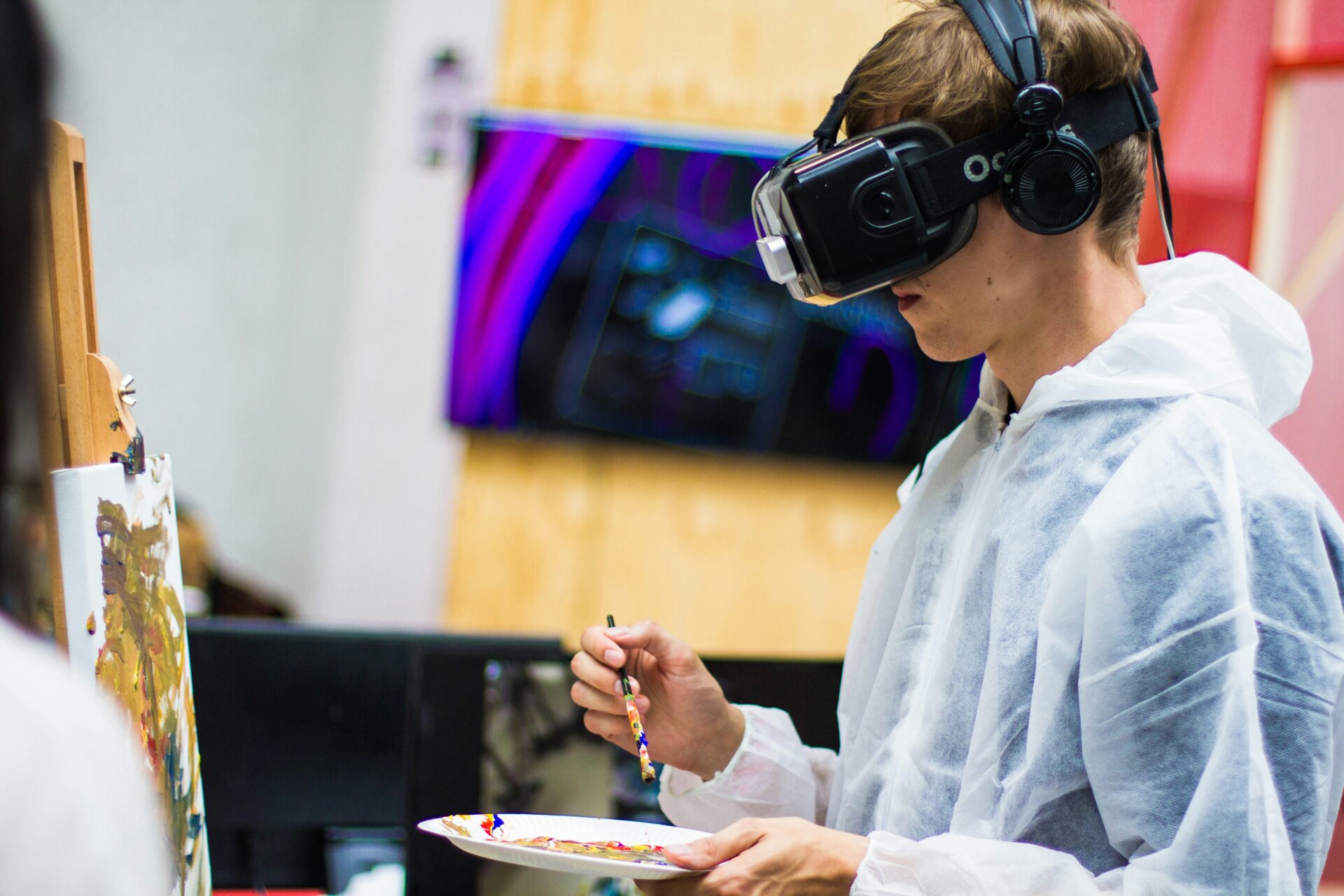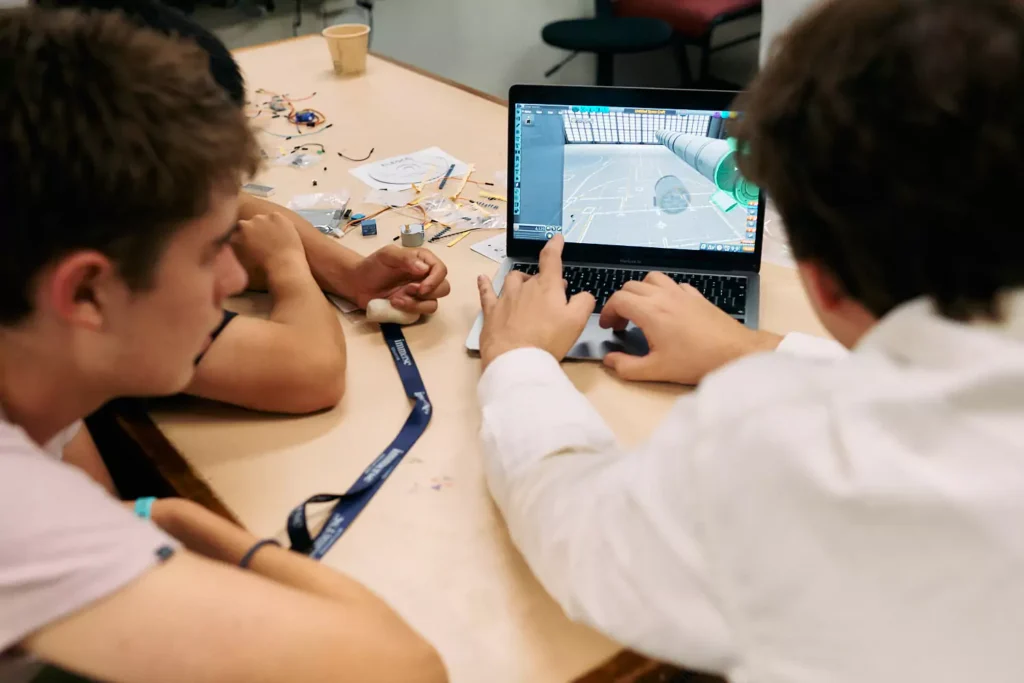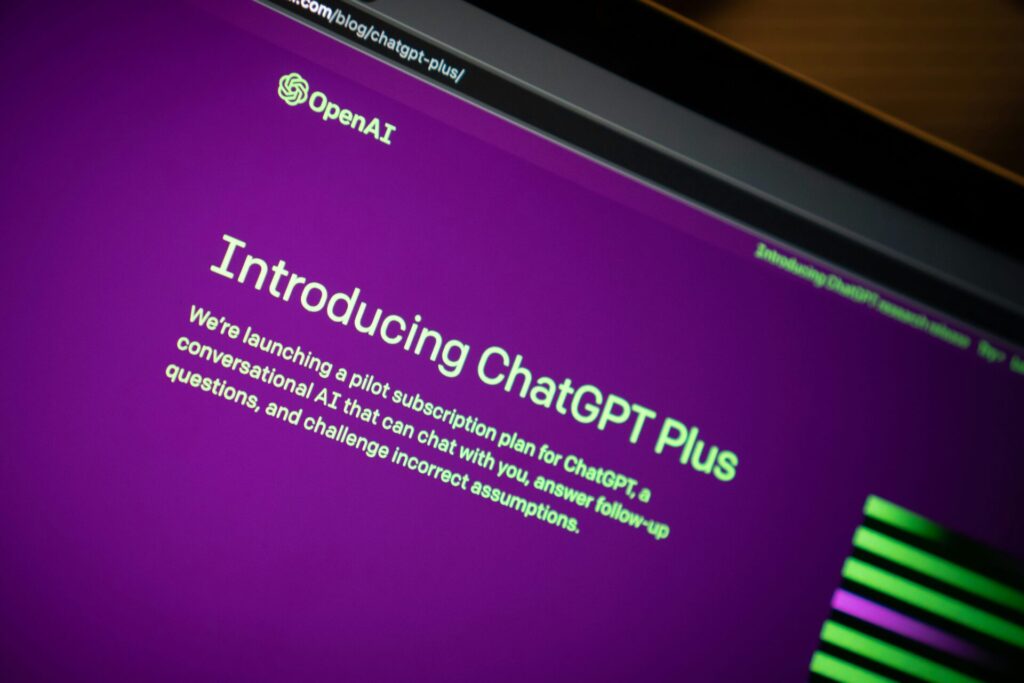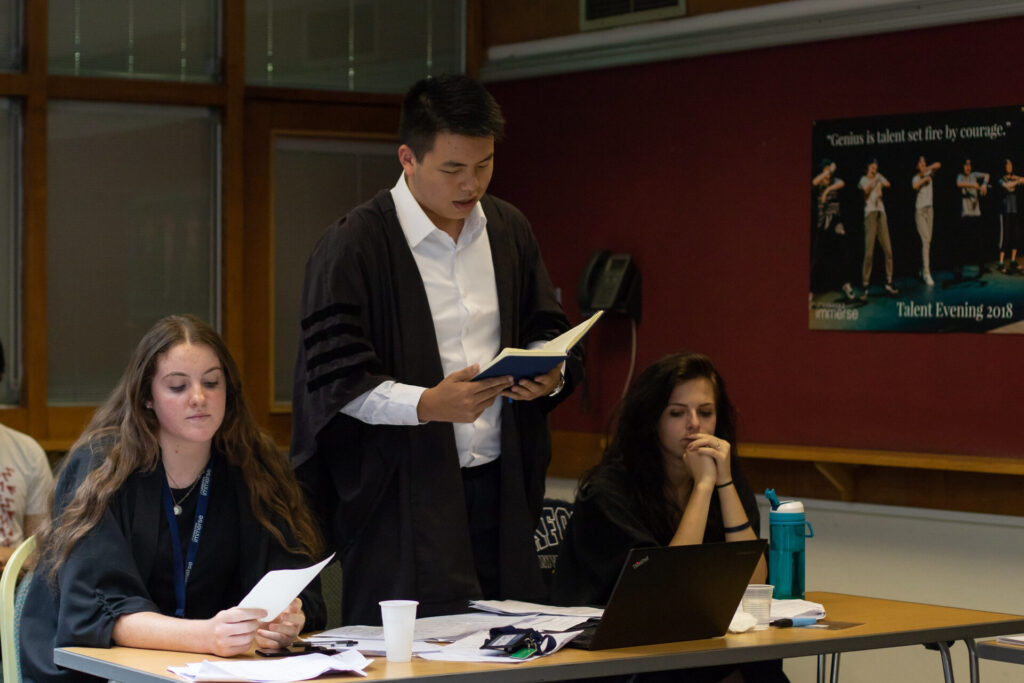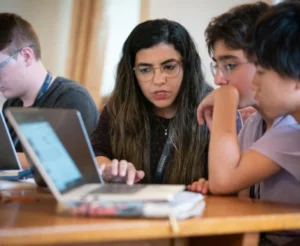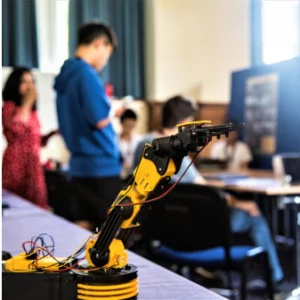The realm of education is undergoing a profound transformation, driven by cutting-edge technologies that promise to make learning more interactive and engaging than ever. One of the most fascinating innovations leading this charge is virtual reality in education. By simulating immersive, 3D environments, Virtual Reality (VR) pushes beyond the limitations of traditional classrooms, equipping educators and students with new ways to grasp content.
This article dives into the current use of VR in education, practical applications, its significant benefits, and what the future holds for this promising technology.
Virtual Reality in Education
At its core, virtual reality breaks barriers by providing learners with environments and scenarios that once felt out of reach. Traditionally, education relied on textbooks and lectures, which, while valuable, can sometimes fail to capture the complexity of certain subjects. With VR, students can learn by doing—whether it’s exploring ancient civilisations, conducting experiments in a simulated lab, or dissecting a digital frog without ethical concerns.
For training purposes, VR is already being used in professional fields such as medicine, aviation, and military operations. For instance, medical students can use VR to practice surgeries in a risk-free environment, while aspiring pilots can hone their skills in flight simulators. The beauty of VR in education lies in its ability to blend theoretical knowledge with an immersive, practical learning experience that feels real.
The potential of VR for schools and universities lies in its scalability and flexibility. Customised content can be created to suit a variety of subjects, languages, and curriculums, making it a powerful tool for educators.
Virtual Reality Applications in Education
When it comes to specific applications, the possibilities for VR in education seem nearly endless. Below are a few notable examples of how VR is already transforming the classroom:
- Virtual Field Trips
Imagine being able to walk on the surface of Mars or explore the depths of the ocean without leaving your desk. Virtual reality enables virtual field trips—experiences that transport students to places that are geographically or financially unreachable. For example, history students can step into ancient Rome, while geology classes “visit” active volcanic sites. - STEM Learning Simulations
Science, Technology, Engineering, and Mathematics (STEM) subjects often require hands-on experiments to fully grasp concepts. VR allows students to conduct virtual experiments in controlled environments, reducing costs and risks. For instance, conducting chemical experiments in VR prevents exposure to dangerous chemicals, while engineering students can design structures in a virtual space. - Language Immersion
VR platforms are proving to be incredible tools for language learners. By recreating native-speaking environments, VR helps students practice conversational skills and cultural nuances in an authentic setting. For example, learners of Spanish could visit a bustling market in Mexico City to practice their vocabulary in real time. - Special Education
VR is also a game-changer for students with disabilities. For instance, children with autism can use VR environments to develop social skills by interacting with virtual peers. Similarly, students with mobility challenges can experience activities that would otherwise be inaccessible.
Practical Advice for Implementation
Implementing VR in education requires careful planning. Schools and teachers should consider:
- Hardware and Software Needs: VR headsets, motion sensors, and supporting software are essential.
- Training for Educators: Teachers need sufficient training to effectively integrate VR tools into their lessons.
- Content Selection: Look for VR applications that align with your curriculum and keep students’ needs in mind.
- Budget Constraints: Consider starting small, introducing VR to a few subjects before scaling up.
Benefits of Virtual Reality in the Classroom
The educational uses of virtual reality technology are numerous and often revolutionary. Here are some of the top benefits VR brings to the classroom:
- Enhanced Engagement
Traditional teaching methods sometimes struggle to hold students’ attention. VR’s immersive nature captivates learners by making them active participants in the lessons. When students “fly” through the solar system or “build” molecules in 3D, they’re not just learning—they’re having fun. - Improved Understanding and Retention
By simulating real-world experiences, VR helps students understand complex concepts more effectively. Studies show that experiential learning leads to higher retention rates. For instance, a biology student who studies ecosystems by “walking” through a rainforest in VR is likely to retain more knowledge than from merely reading a textbook. - Personalised VR Learning Experiences
Every student learns differently. VR provides opportunities to tailor lessons to individual learning styles. For example, a visual learner might benefit from 3D diagrams, while a kinesthetic learner excels through interactive experiences. - Bridging Cultural Gaps
VR can bring people from different parts of the world together in shared virtual spaces. Collaborative VR classrooms allow students from across the globe to interact, promoting cultural exchange and understanding. - Safe and Inclusive Environments
Risk-heavy activities, such as lab experiments or fieldwork, become completely safe in VR. Additionally, it creates an inclusive space where students of all abilities can participate equally.
Join the Immerse Education 2025 Essay Competition
Follow the instructions to write and submit your best essay for a chance to be awarded a 100% scholarship.

Future of Virtual Reality in Education
The future of virtual reality in education is brimming with promise. Technology is evolving rapidly, making VR devices more affordable, portable, and user-friendly. Here are some key trends to watch out for:
- Integration with Artificial Intelligence (AI)
AI-powered VR platforms will adapt to each student’s learning pace and provide personalised feedback. Imagine a virtual tutor guiding students through lessons in real-time—adjusting the difficulty level based on their performance. - Gamification of Learning
With gamification, education becomes more engaging and less stressful. Future VR tools will likely include game-like elements to motivate students, such as reward systems, leaderboards, and completion badges. - More Content for Diverse Subjects
While most VR applications in education currently focus on STEM and language learning, developers are beginning to create content for other subjects like literature and the arts. Soon, students may “attend” Shakespeare’s plays or “paint” masterpieces with virtual brushes. - Multiplayer VR Learning Experiences
Shared VR classrooms are expected to become standard, enabling students from all over the world to learn together in collaborative environments. This approach not only enhances interactivity but also prepares students for a globalised workforce. - Improved Accessibility
Advances in VR technology will likely make it more accessible to underprivileged schools, ensuring that more students benefit, regardless of socioeconomic background.
Challenges Ahead
It’s worth noting that while the future is bright, there are challenges to overcome. These include reducing the cost of VR equipment, providing adequate training for teachers, and addressing concerns like motion sickness or eye strain when using headsets for extended periods.
Final Thoughts
The integration of virtual reality in education represents a monumental leap forward in learning. From creating immersive classrooms to offering personalised teaching tools, VR is reshaping how educators engage with students. While there are hurdles to clear, the potential rewards far outweigh the risks. For educators and institutions willing to embrace this emerging technology, the possibilities for pushing the boundaries of education are virtually limitless.
The question is no longer whether VR will play a role in AI education—it already does. Instead, it’s about how quickly and effectively we can harness its power to create a brighter, smarter future for all learners.
If you want to get a head start and explore learning in VR, we suggest checking our our Computer Science Summer School. It’s a great way to tackle the basics of computers, VR, and AI.
